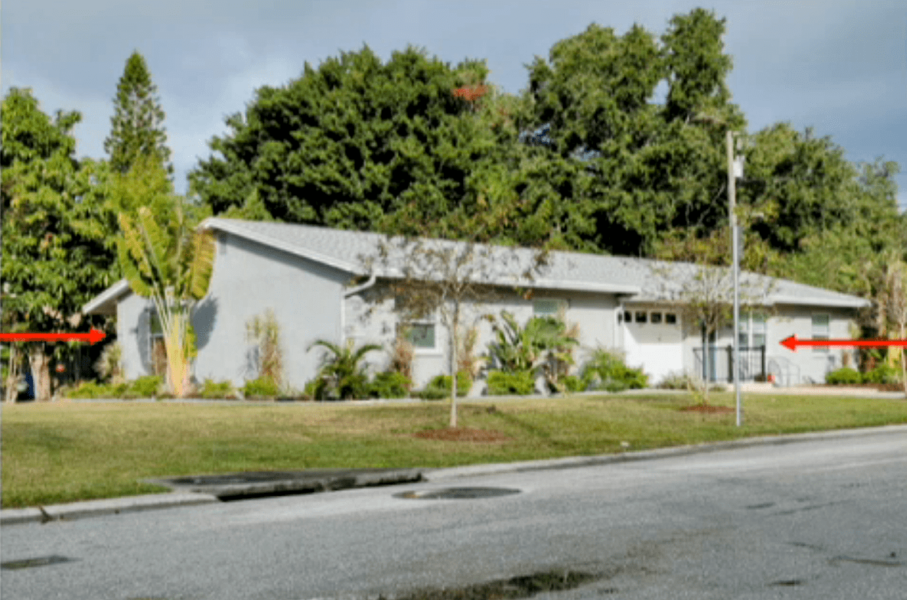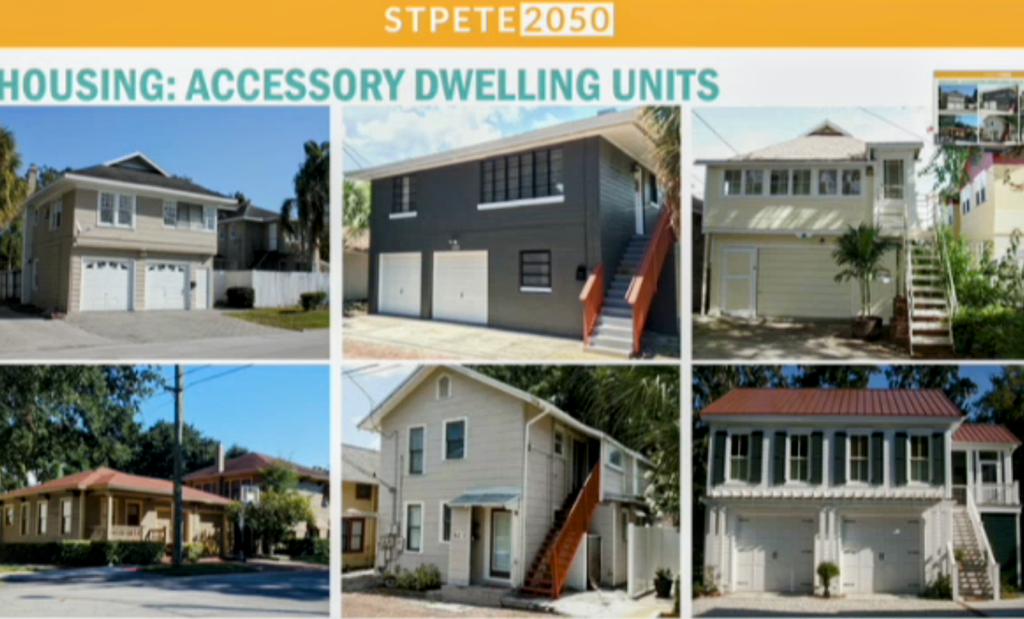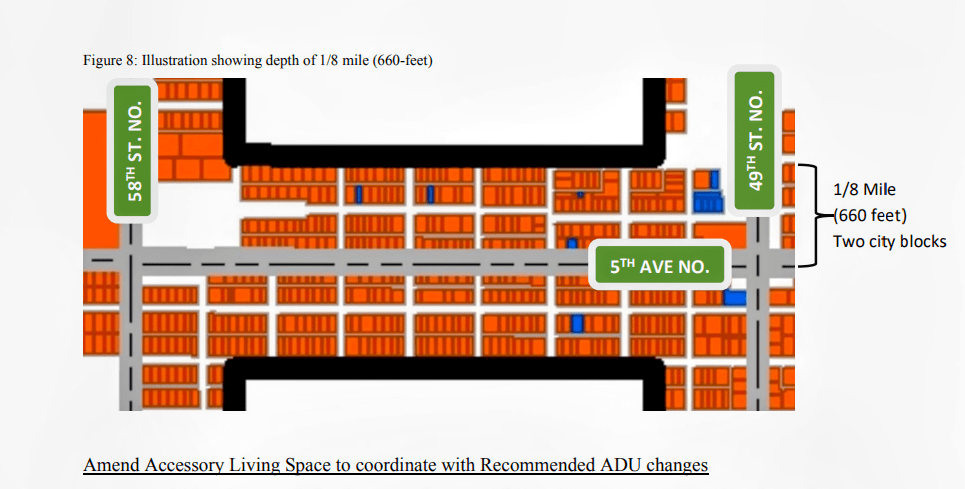Thrive
St. Pete to expand ancillary housing options

In an effort to provide another tool in the city’s toolbox as it works to mitigate the affordable housing crisis, St. Petersburg is expanding areas where homeowners can offer accessory dwelling units (ADUs).
During Thursday’s meeting, city council members heard a second and final reading on the matter and approved heavily-debated proposed amendments to the city ordinance regarding ADU regulations. Sometimes referred to as carriage houses, mother-in-law suites or garage apartments, the city defines ADUs in city code as: “an ancillary or secondary living unit that has a separate kitchen, bathroom and sleeping area, existing either within the same structure or on the same lot as the primary detached single-family house.”
Derek Kilborn, urban planning and historic preservation manager, led the presentation to city council. Thursday’s discussion occurred after the first reading on June 9, committee meetings that began in March 2018 and at least 44 public input sessions between May 2021 and May 2022. Council member Copley Gerdes thanked Kilborn and his colleagues for their work, noting the extensive process.
“I’m not sure I’ll even call it a labor of love,” said Gerdes. “It’s been a labor.”
Kilborn explained that because the text amendment includes changes to the city’s use matrix, it required two public hearings with city council instead of the typical single meeting. He began by relaying St. Petersburg’s long legacy of recognizing ADUs, with many units constructed even before the city’s first zoning code in 1925.

St. Petersburg has featured ADUs for over 100 years. Screengrab.
The city legally recognized and permitted the units until 1977. According to city documents, a land development code then moved St. Petersburg towards “a vehicle-based, suburban model of land use and zoning regulation that further segregated land-use types and prohibited construction of new ADUs … ”
Many residents who spoke during the public comment portion of the meeting were in favor of that model.
In 2007, as part of the city’s Vision 2020 plan, ordinance amendments reestablished ADUs as a permitted accessory use within some of the city’s traditional neighborhoods. As the race to provide enough affordable housing to match St. Petersburg’s growth intensified, the city began to look for ways to increase its offering of ADUs while protecting neighborhood character.
“Many communities are trying to figure out how to insert these into their codes,” said Kilborn. “In terms of permitting, we have made some changes in the last couple of years to increase flexibility related to accessory dwelling units.”
New guidelines
Kilborn said the city currently permits about 60 ADUs annually, and the amendments, passed by a vote of 5-1, could significantly increase that number.
One of the most important things the city needed to address, said Kilborn, was the definition of the word “subordinate” and how that separated the primary unit from the ADU. Under the new guidelines, the main residence must take up 60% of the total floor area, while the ancillary structure occupies the other 40% – but must not exceed 800 square feet.
Another heavily debated topic was parking. The city will now waive the parking requirement when a unit is within an eighth of a mile of a high-frequency transit route, adjacent to an alley and the ADU is 600 square feet or less in size.
The city will not change regulations regarding maximum building height or impervious surface ratio.
With the amendments, homeowners can now offer ADUs in Neighborhood Traditional 3 zoning categories, which Kilborn said would qualify nearly 3,500 parcels.
In areas zoned Neighborhood Suburban, Kilborn said officials focused on properties adjacent to an alley. “These function very similarly to Neighborhood Traditional,” said Kilborn.
Those areas provide an additional 271 parcels for potential ADUs.
The last standard considered by city officials was a minimum lot size. Kilborn said previous conversations focused on lot areas of 10,000 square feet, so that is the threshold in the amendment.
That standard would qualify 9,355 parcels located in Neighborhood Suburban zoned areas.

A map showing the potential for ADUs within an eighth of a mile of a high-frequency transit route. Screengrab.
Several people, particularly residents of Snell Isle, spoke out against the measure. A chief complaint was adding density in coastal high-hazard areas prone to flooding and susceptible to sea level rise.
One citizen said the increased density could negatively impact evacuation efforts, and the city should not expect police officers to search backyards for potential ADUs.
Another resident, operating under the assumption that ADUs require month-to-month rental agreements, said the lack of stability posed a threat to single mothers and families. At an earlier Housing, Land Use and Transportation meeting Thursday, Council Chair Gina Driscoll noted she is a renter under such an agreement.
Councilmember Ed Montanari, the lone “no” vote on the amendments, believes increasing the allowance of ADUs would negatively affect the character of the city’s neighborhoods.
“It’s something that I ran on and feel passionate about,” said Montanari.
He added that he was also concerned about parking issues, especially in the city’s Neighborhood Traditional districts.
“I can give a little bit and agree with some of the recommendations – when it comes to parking,” said Montanari. “But there are other parts that I don’t agree with.”
Gerdes said he initially had some concerns about the expansion but felt the administration addressed those issues through the lengthy process. Regarding neighborhood character, he said language stipulating that ADUs must comply with architectural standards for the zoning district, and remain compatible with the building style, should mitigate any negative changes to aesthetics.
“That, to me, seems like compatibility,” said Gerdes. “Again, I know it was a labor, but I think we got to somewhere where I really do think it fits.”
The amendments to the city code allowing the expansion of ADUs were passed by a vote of 5-1, with Montanari dissenting and Councilmembers Deborah Figgs-Sanders and Lisa Wheeler-Bowman absent.







